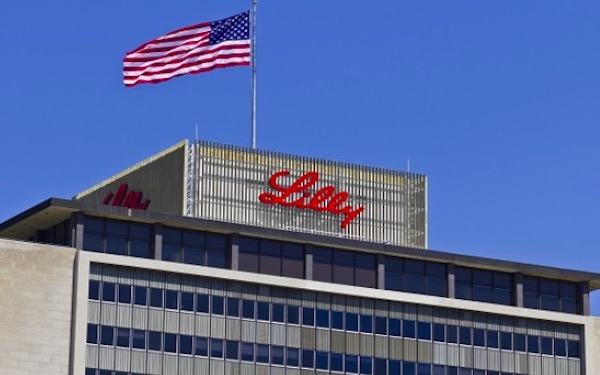
GLP-1 receptor agonists are hot properties in the diabetes market. GLP-1 analogs stimulate the pancreas to produce insulin. They also reduce appetite by slowing the emptying of the stomach, which can lead to weight loss. Novo Nordisk’s Victoza and Eli Lilly’s Trulicity dominate the market.
Eli Lilly just signed a licensing deal with Tokyo’s Chugai Pharmaceutical Co. for OWL833, Chugai’s oral non-peptidic GLP-1 receptor agonist. It is Phase 1-ready being evaluated for type 2 diabetes. Chugai is a subsidiary of Roche.
Under the terms of the deal, Lilly takes worldwide development and commercialization rights to OWL833. It will pay Chugai $50 million up front. Chugai will be eligible for various milestone payments and royalties.
“As a global leader in diabetes care, Lilly is committed to developing the next generation of diabetes therapies,” stated Daniel Skovronsky, Lilly’s chief scientific officer and president of Lilly Research Laboratories. “This exciting new opportunity from Chugai could represent a significant step forward for improving outcomes for people with diabetes.”
It is notable that Lilly’s Trulicity is injectable, but OWL833 is orally available. This is more desirable by patients. And the “non-peptidic” description of the compound suggests there are potentially fewer side effects. Peptides often have side effects like constipation and nausea.
Novo Nordisk, another dominant player in the diabetes market, in February reported positive Phase IIIa data from its PIONEER 1 trial of its once-daily oral version of Ozempic (semaglutide), which is on the market in a subcutaneous formulation. The oral version was safe and well tolerated, although mild-to-moderate nausea was a common reaction that decreased over time. The company has nine more PIONEER studies being conducted this year, with a regulatory submission expected in 2019.
At the time, BioPharmaDive wrote, “Novo Nordisk and Eli Lilly & Co.’s glucagon-like peptide-1 (GLP-1) are vying for space in the diabetes field. Lilly’s Trulicity (dulaglutide) has been on the U.S. market since September 2014, and its sales have grown from $248.7 million in 2015 to $2 billion in 2017. In November 2017, Novo’s Victoza (liraglutide) had a 50 percent share of the GLP-1 market, with 2017 sales of DKK23.173 million ($3.83 billion).”
In the clinic, Ozempic has shown better results than Trulicity. In a comparison trial over 40 weeks in type 2 diabetes patients, people on Ozempic lost more weight and had bigger decreases in HbA1c than those on Trulicity.
Another GLP-1 analog on the market is Sanofi’s Exenetide.
Interestingly, in research published in July in Nature by researchers at the National Health Research Institutes in Taiwan and the National Institute on Aging, National Institute of Health (NIH) in the U.S., GLP-1 analogs may be effective treatments for Parkinson’s disease. Dopaminergic cells in the brain are the type that are dying in Parkinson’s patients, and they have a particularly high percentage of insulin receptors on their cell membranes. This suggests they will be more sensitive to insulin signaling pathway problems. GLP-1 analogs stimulate the GLP-1 receptor, mediating problematic insulin signaling pathways in patients with diabetes.
That testing isn’t ready for humans yet, partly because GLP-1 analogs would need to be formulated to cross the blood-brain barrier. The early work was in rats, and no dosing for humans has been developed. In rats, at least, the GLP-1 agonist studied was yet another product, AstraZeneca’s Bydureon, but it was engineered to more easily cross the blood-brain barrier.
Christiana Friedman, writing for Seeking Alpha in July, said, “It seems though that AstraZeneca may be in front here, because Bydureon was the drug used on these rats. Eli Lilly will have more of a challenge because its own GLP-1, Trulicity, does not cross the blood-brain barrier like Bydureon or Victoza, so getting it to be applicable to the Parkinson’s market could be more of a challenge. There have been no recent indications that Novo, AstraZeneca, or Sanofi are actively pursuing an extension of their GLP-1 product lines to Parkinson’s.”
But they’re definitely focused on the diabetes type 2 market, which thanks to an obesity epidemic in the U.S. and many other developed countries, is growing.
“We believe OWL833 can be a best-in-class oral non-peptide GLP-1 receptor agonist and that its value will be further enhanced through Lilly’s clinical development to contribute to people around the world who live with diabetes,” stated Yasushi Ito, Chugai’s executive vice president, co-head of Project & Lifecycle Management Unit.
Source: Biospace